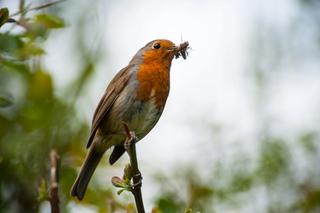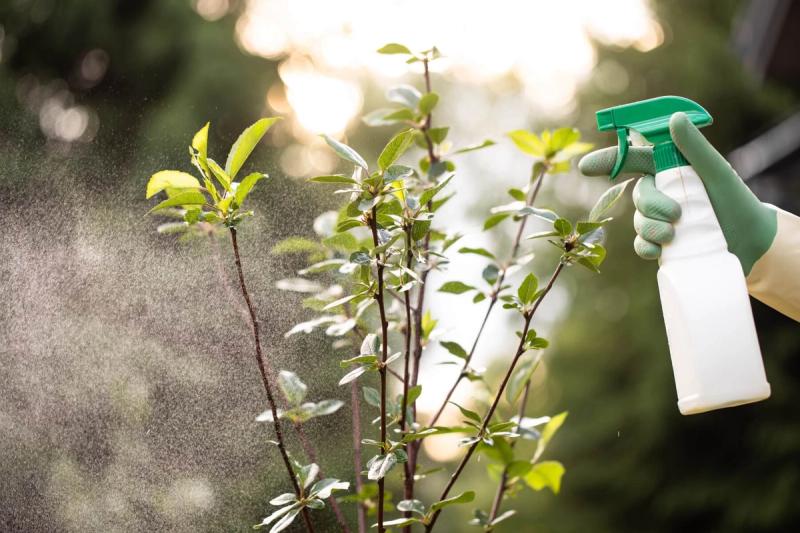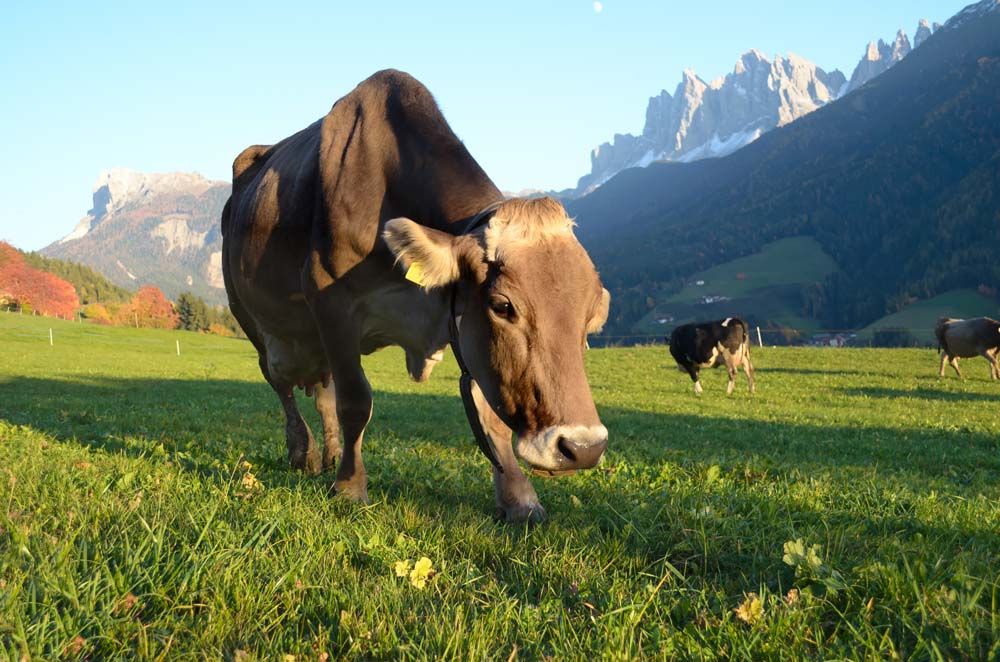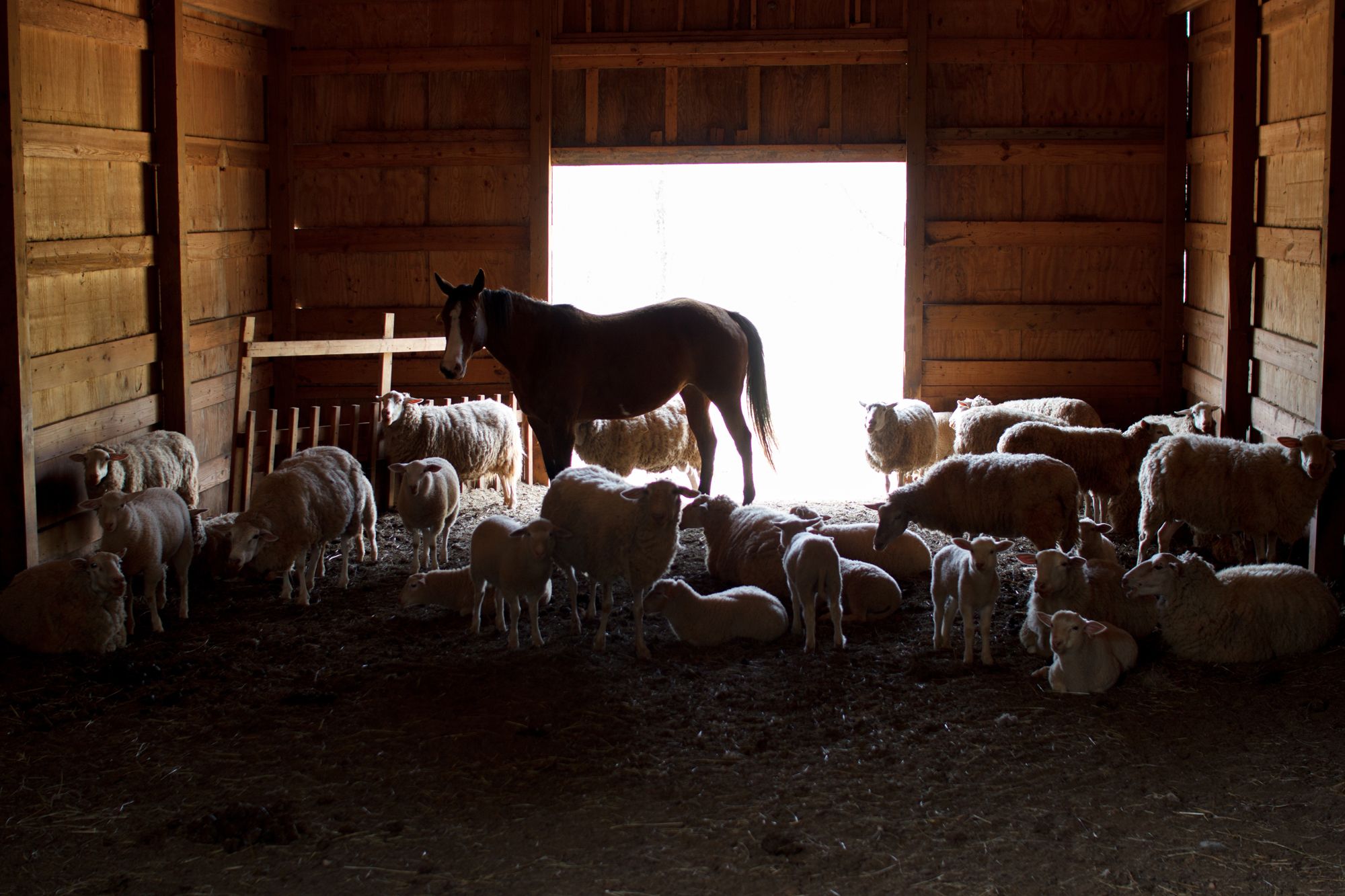Natural Pest Defense Methods for Your Acreage
No Pests Allowed


It’s probably happened to you. You step into the pantry and find mouse droppings. Your vegetables vanished overnight, thanks to a sneaky deer. Everyone left your party early after mosquitoes showed up.
Pest control can be a constant challenge, especially in the country. And if you don’t want to use pesticides, it can feel like a monumental task. But there are strategies that combine deterrents, beneficial insects, companion planting and prevention so you can enjoy a pest-resistant property without loading up on toxins.
Scent Solutions to Pesky Invaders
While often associated with wellness trends, some essential oils are surprisingly effective as pest repellents. Although they won’t chase away every type of pest or motivated critters, they can help.
Bugs and rodents don’t like the scents of peppermint, eucalyptus and citronella. Mix a few drops of essential oil with water to make your own plant sprays or place scent-soaked cotton balls under sinks and along windowsills.
For unwanted garden guests, try homemade sprays made from garlic or hot peppers. One spicy bite often stops insects, deer and rabbits from nibbling. In the garden and along walkways, highly scented plants like marigolds, lavender and rosemary add beauty and deter unwanted visitors that are sensitive to smells.
Recruit Nature’s Pest Patrol
Don’t panic when you see spiders, ants and other bugs in your home or garden. They might look creepy and crawly, but not all insects are the enemy — in fact, some are valuable allies in the pest control fight.
Predatory insects like ladybugs and lacewings help keep pests like aphids under control.
To draw pollinators like bees and butterflies, plant a mix of flowers and vegetables.
Ground beetles and garden spiders rely on mulch and natural debris, so leave undisturbed areas that give them places to live while they’re enriching your garden’s eco-diversity.
Improve your garden layout to welcome the helpers you want. Plant a perimeter garden with scented plants to act like a barrier against pests around vegetable beds. Then, intermix flowering plants like yarrow and dill throughout the garden so beneficial bugs have places to eat and live. Finally, add pockets of native wildflowers near water sources to encourage pollinators and predators.
Companion Planting for Healthier Gardens
Strategic plant pairings naturally repel pests while improving your garden’s productivity. Known as companion planting, this technique lets certain plants work together.
- Basil and Tomatoes: Basil deters whiteflies and hornworms and improves tomato flavor.
- Onions and Carrots: The pungent scent of onions confuses carrot flies, while carrot tops repel onion pests.
- Marigolds: Plant marigolds near vegetables to deter nematodes and other pests.
Ready to start? Consider a companion planting guide or app.
Stop Pests Before They Start
The best way to control pests is to keep them from becoming a problem in the first place.
Inspect your home, garage and outbuildings for potential pest entry points. Seal them with caulk, steel wool or weatherstripping.
Eliminate hiding places or food for pests. Clear weeds, store firewood at least 20 feet from buildings, secure trash and remove clutter.
Build garden fences at least 5 feet high, buried 12 inches underground and angled outward at the top to keep out groundhogs, raccoons, deer and other animals.
Rotate crops to disrupt pest lifecycles, reduce infestations and give soil time to recover.
Install motion-activated sprinklers, lights and sound deterrents near gardens, chicken coops and other areas that attract animals.
By preventing pests from setting up shop, you’ll reduce the need for more invasive (and expensive) interventions later.
Work With Wildlife
Encourage natural predators to manage pest populations and maintain ecological balance. Birds, bats, frogs and snakes can be some of the best allies in controlling unwanted insects and rodents.
Here’s how to make your space more inviting to these helpful creatures.
- Birds and Bats: Birdhouses, bat boxes and owl boxes to provide shelter for flying friends who feed on mosquitoes, flies and other winged pests.
- Frogs and Toads: Water features like ponds and birdbaths attract amphibians that feast on insects.
- Snakes: Small rock piles shelter nonvenomous snakes that hunt rodents.
By creating a habitat for these natural predators, you’ll reduce the need for chemical interventions while promoting a healthy, balanced ecosystem.
Tailored Solutions for Common Pests
Different pests call for different approaches, and natural methods often work as well or better than chemicals.
Dislodge aphids with a blast of water and introduce ladybugs to control them long term.
Employ a spayed or neutered barn cat to keep rodent populations down.
Place copper tape around plant beds or set up beer traps to stop slugs from damaging your garden.
Apply diatomaceous earth to eliminate aphids, cockroaches, flea beetles, bed bugs and other pests in your home and garden.
Make mosquitoes buzz off — drain sitting water, plant citronella grass around seating areas and try mosquito dunks. These tablets are made of bacterium that’s toxic to mosquito larvae but don’t harm humans, pets or wildlife. Float one or more in ponds, birdbaths and rain barrels.
Mix castor oil and dish soap to deter moles and voles. Combine ½ cup castor oil, 2 tablespoons of dish soap and 1 gallon water. Spray over molehills and vole tunnels.
Natural pest control does more than keep properties pest-free. It lets you work with the environment to create a thriving, balanced habitat for plants, animals and people. By combining prevention, planting and wildlife strategies, you can enjoy a home and garden that are healthier, more sustainable and freer of harmful chemicals.
Whether you’re managing a rural acreage or a backyard garden, these approaches will help you reclaim your space while respecting the natural world.

DIY Recipes for Natural Pest Sprays
- Garlic-Pepper Spray: Blend 2 bulbs of garlic, 4 hot peppers and 4 cups of water. Strain, then dilute with 1 gallon of water. Spray on plants to repel deer, rabbits, aphids and caterpillars. Reapply after rain.
- Chili Powder Spray: Mix 1 tablespoon of chili powder, 1 teaspoon of liquid soap and 1 quart of water. Shake and spray on plants to deter deer, rodents and insects. Reapply after rain.
- Neem Oil Solution: Mix 2 teaspoons of neem oil, 1 teaspoon of liquid dish soap and 1 quart of water. Shake well. This all-purpose spray disrupts the life cycle of pests like whiteflies and spider mites.
- Essential Oil Repellent: Combine 10 drops of peppermint oil, 10 drops of citronella oil and 1 cup of water. Spray entry points to repel rodents and insects.
- Onion-Garlic Spray: Blend 1 onion, 1 bulb of garlic and 1 cup of water into a paste. Dilute with 1 quart of water, strain and spray to repel beetles, caterpillars and aphids.
- Citrus Spray: Boil the peels of 2 lemons or oranges in 4 cups of water for 10 minutes. Cool, strain and spray on plants to repel ants, whiteflies, cats and rodents.
- Soap and Baking Soda Solution: Dissolve 1 teaspoon of baking soda and 1 teaspoon of liquid soap in 1 quart of water. Spray on plants to prevent powdery mildew and fungal pests.
- Eucalyptus Spray: Mix 10 drops of eucalyptus oil with 2 cups of water. Spray around garden edges or storage areas to repel flies, beetles and rodents.
Tags:Country Critters

Acreage Life is part of the Catalyst Communications Network publication family.















